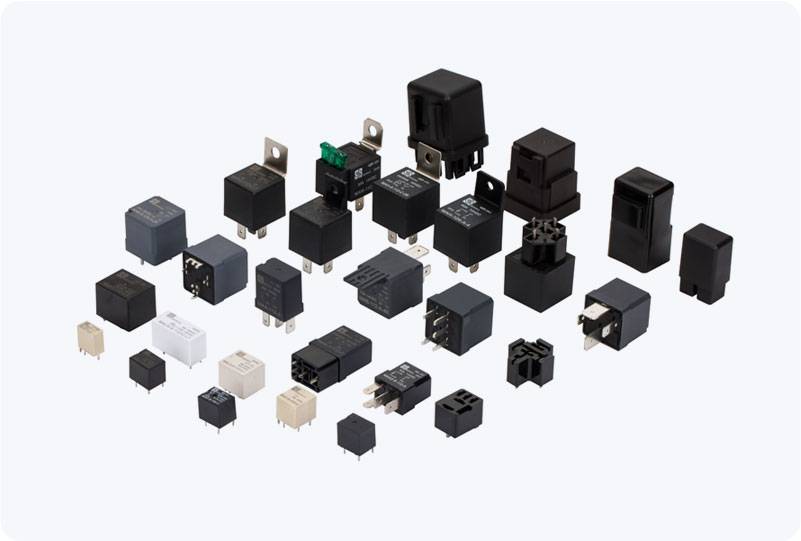understanding the 30a power relay: a critical component in electrical systems
Release time:2025-06-26 21:23:08
A 30A power relay is an essential component in various electrical systems, used for controlling high-power devices or circuits. The term "30A" refers to the relay’s ability to handle a current of up to 30 amps, which makes it suitable for applications that require substantial power. Power relays, like the 30A version, are particularly crucial in systems where a control circuit needs to switch high-current devices such as motors, lighting systems, and industrial equipment. This article will explore the significance, working principle, applications, and benefits of using a 30A power relay in modern electrical setups.

What is a 30A Power Relay?
A power relay is an electromagnetic switch designed to control the flow of electricity in a circuit. The “30A” designation means that the relay can safely handle currents of up to 30 amperes. This current rating is particularly important when switching larger electrical loads. Relays consist of a coil, a set of contacts, and an armature. When the coil is energized, it creates a magnetic field that pulls the armature, either opening or closing the contacts, thus controlling the flow of electricity.
Relays come in different current ratings, but the 30A variant stands out due to its versatility in medium-to-high-power applications. These relays are often found in environments where electrical loads exceed the capabilities of standard relays, providing an efficient way to manage power.

